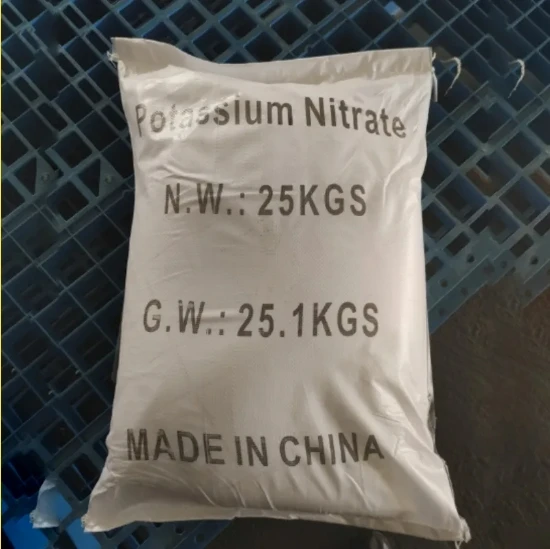
sodium metabisulfite in food preservation
The Role of Sodium Metabisulfite in Food Preservation
Sodium metabisulfite, a white crystalline powder, is a chemical compound widely utilized in the food industry as a preservative. Its ability to inhibit microbial growth, prevent oxidative spoilage, and enhance the shelf life of products makes it a valuable tool in food preservation. Understanding its functions, safety, and applications is essential for both consumers and food producers alike.
The Chemical Properties of Sodium Metabisulfite
Sodium metabisulfite, chemically known as Na2S2O5, is a sulfite compound with strong antioxidant properties. It acts by releasing sulfur dioxide (SO2) when dissolved in water, a gas that has potent antimicrobial and antioxidant characteristics. This process helps control spoilage caused by bacteria, yeasts, and molds, which thrive in food. Additionally, it prevents enzymatic reactions that can lead to discoloration, off-flavors, and degradation in food quality.
Applications in Food Preservation
Sodium metabisulfite is commonly used across various food products. In the wine industry, it plays a crucial role by protecting wine from oxidation and undesirable microbial activity during fermentation and storage. Its application helps maintain the desired flavor profile and extends the wine's shelf life.
Apart from wine, sodium metabisulfite is frequently employed in dehydrated fruits and vegetables. It helps preserve the vibrant colors and flavors of products like apricots, raisins, and potato chips. By inhibiting enzymatic browning, it keeps these foods looking appealing and fresh. In the production of dried fruits, for instance, the use of sodium metabisulfite can prevent the browning effect caused by polyphenol oxidase, thereby retaining the product's original flavor and color.
sodium metabisulfite in food preservation

Moreover, sodium metabisulfite is utilized in the production of some canned goods and frozen foods. It serves as a preservative in processed meats and seafood, ensuring that these products remain safe for consumption over extended periods. Its versatility extends to bakery products, where it can improve dough stability and enhance the sensory qualities of bread and pastries.
Safety and Regulatory Aspects
Despite its widespread use, the safety of sodium metabisulfite has raised concerns for some consumers, mainly due to its potential allergenic properties. Sulfite sensitivity is relatively uncommon but can trigger allergic reactions in sensitive individuals, causing symptoms such as hives, asthma attacks, or gastrointestinal issues. Regulatory bodies, including the U.S. Food and Drug Administration (FDA) and the European Food Safety Authority (EFSA), have established guidelines for the maximum allowable limits of sulfites in food products to mitigate health risks.
Foods containing sulfites must be labeled accordingly, alerting consumers who may have sensitivities. This regulation is crucial for individuals with asthma, as they may be more prone to sulfite-related complications. The FDA mandates that any food item containing more than 10 parts per million (ppm) of sulfites must be clearly labeled, ensuring transparency and consumer safety.
Conclusion
Sodium metabisulfite serves as an essential component in the realm of food preservation, benefiting various segments of the food industry. While it effectively extends the shelf life and maintains the quality of products, awareness of its potential effects on sensitive individuals is vital. As consumers become increasingly health-conscious, the balance between food preservation and safety will continue to be a priority for regulators and producers alike.
In summary, sodium metabisulfite is a significant preservative that enhances the safety and longevity of many food items. Its importance in the food industry cannot be overstated, as it helps maintain food quality while ensuring it remains safe for consumption. Understanding its functions, applications, and safety measures allows consumers to make informed choices when purchasing food products. As the food landscape evolves, the role of such preservatives will likely continue to adapt, keeping pace with changing consumer preferences and safety standards.
-
Nitrile Rubber Honoring Strict Production StandardsNewsAug.22,2025
-
Aspartame Ingredients Honoring Food Safety ValuesNewsAug.22,2025
-
Fertilizer for Balanced Plant NutritionNewsAug.22,2025
-
Cyanide Gold Processing with High Purity AdditivesNewsAug.22,2025
-
Formic Acid in Textile Dyeing ApplicationsNewsAug.22,2025
-
Aluminum Hydroxide Gel in Skincare ProductsNewsAug.22,2025
-
Regulatory Compliance for Global Mining Chemicals UseNewsAug.12,2025
Hebei Tenger Chemical Technology Co., Ltd. focuses on the chemical industry and is committed to the export service of chemical raw materials.
-

view more DiethanolisopropanolamineIn the ever-growing field of chemical solutions, diethanolisopropanolamine (DEIPA) stands out as a versatile and important compound. Due to its unique chemical structure and properties, DEIPA is of interest to various industries including construction, personal care, and agriculture. -

view more TriisopropanolamineTriisopropanolamine (TIPA) alkanol amine substance, is a kind of alcohol amine compound with amino and alcohol hydroxyl, and because of its molecules contains both amino and hydroxyl. -

view more Tetramethyl Thiuram DisulfideTetramethyl thiuram disulfide, also known as TMTD, is a white to light-yellow powder with a distinct sulfur-like odor. It is soluble in organic solvents such as benzene, acetone, and ethyl acetate, making it highly versatile for use in different formulations. TMTD is known for its excellent vulcanization acceleration properties, which makes it a key ingredient in the production of rubber products. Additionally, it acts as an effective fungicide and bactericide, making it valuable in agricultural applications. Its high purity and stability ensure consistent performance, making it a preferred choice for manufacturers across various industries.





